Say Hi Home: Reconnecting land and people
Continuing southward we arrive at Yuanli, Miaoli’s southernmost township and the last stop on our trip. Turning onto Xinxing Road, the place we want to visit is the Hi Home Bookstore, which opened in August of 2018. This is the base of operations for the “Say Hi Home” workshop.
Most of the members of Say Hi Home, founded by Liu Yuyu and Lin Hsiu Peng, were born in the 1970s and 1980s. Liu and Lin met through the anti-wind-turbine movement launched by the people of Yuanli. After participating in various social movements they reflected on their experience and concluded, “If social movements want to get results in the future, protesting is just a temporary phase. If you want to make society change in a positive direction, you have to return to the land.” They put this into practice themselves by returning to their hometown.
The first step for Say Hi Home was to reconnect with the land, and this was the beginning of getting to know Yuanli anew. They traipsed through streets large and small doing field surveys, helped eco-friendly farmers to resolve labor shortages and find sales channels, and also tried to revive the rush weaving industry that once flourished in Yuanli.
In 2015, the Say Hi Home team transformed the information gleaned from their field surveys into mini-tours for visitors, guiding people through historic Tianxia Street, to see the 120-year-old market, or to visit the former residence of Kuo Chih-yuan, a pioneer of Taiwanese folk music. In 2016, Say Hi Home launched a publication to report on local news and collect cultural memories from the area. In 2017 they held the “Hi Home Festival,” with “say hi to everyone” as the core spirit of the event. They erected a stage across from the Mazu Temple, which was a very bustling place in days gone by, and put on a “mother tongue concert” in hopes of rediscovering that local hustle and bustle and of attracting young people who had left Yuanli to return home and see how different Yuanli could be.
“After promoting these activities for a long time, we felt we had to put the focus back on local young people. The root of culture is in fact ‘education.’ If people don’t have enough understanding of themselves, they will lack self-confidence. This self-confidence comes not only from knowledge of the locality but also from knowing yourself, so reading is very important.” This is how Lin Hsiu Peng explains what prompted them to open Hi Home Bookstore in an era when large numbers of bookstores are going out of business.
Hi Home Bookstore is a place where children are welcome to read. Elderly people living nearby were also happy when the store opened, its lights at night conveying a sense of companionship. As the bookstore quietly plants a seed for the locality and for the children, we hope that the founders will not be daunted by the buffeting winds of the environment and will continue to press onward.
In the past the coastal area along the rail line was considered poor and disadvantaged, lacking both economic capital and cultural resources. But on one bicycle trip, hearing the story of Say Hi Home—how a group of young people who had returned to their rural home underwent a transformation from passivity to actively initiating a tide of change—gave us the energy to press ahead.

Gazing out from Haowangjiao, farms, wind turbines, and the Taiwan Strait are all visible, along with the occasional sight of a train coursing through the greenery.
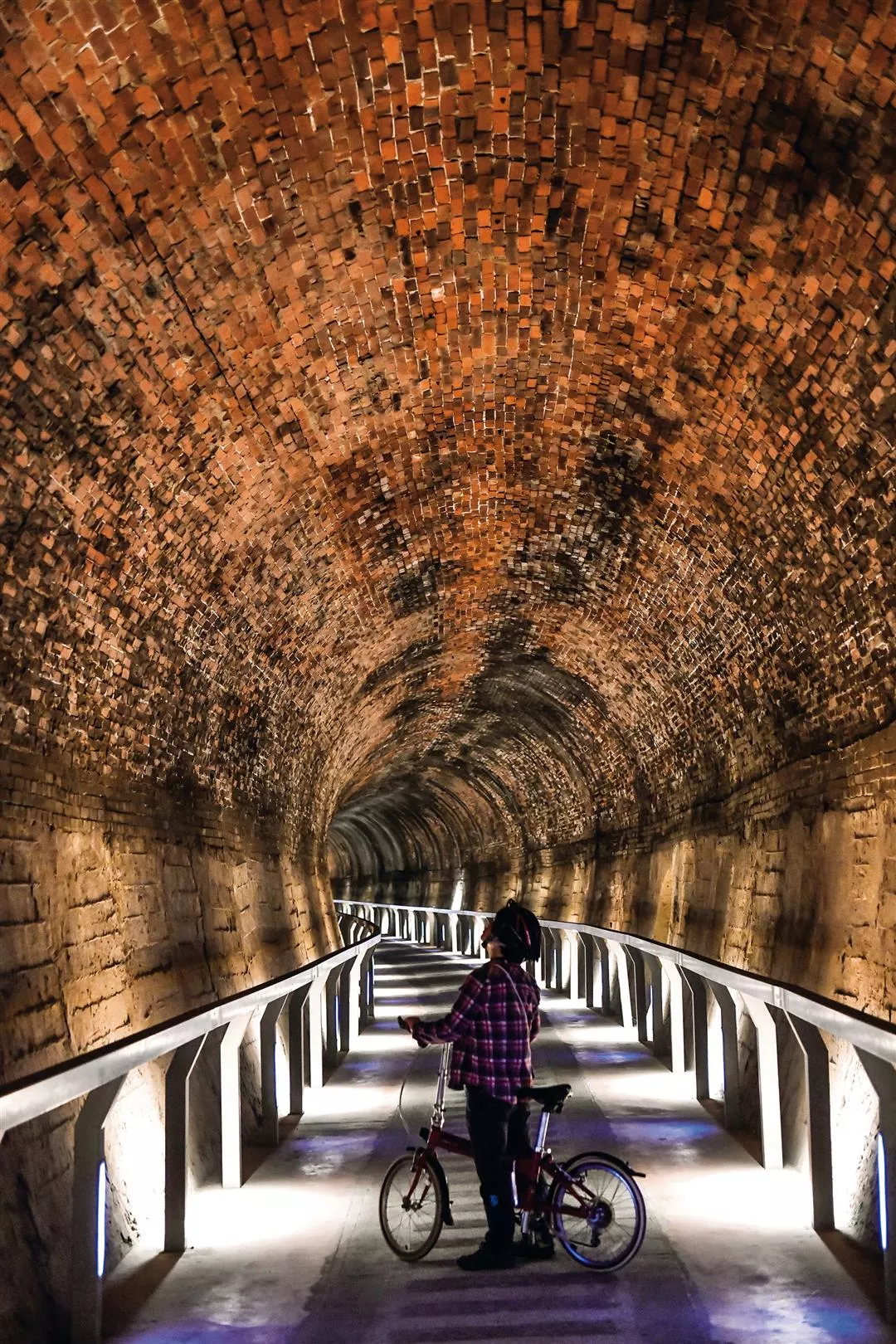
The Old Guogang Tunnel has been transformed into a bicycle path. The red bricks that line the horseshoe-shaped vaulted structure are still stained black with traces of smoke from the days of steam engines. (photo by Chuang Kung-ju)
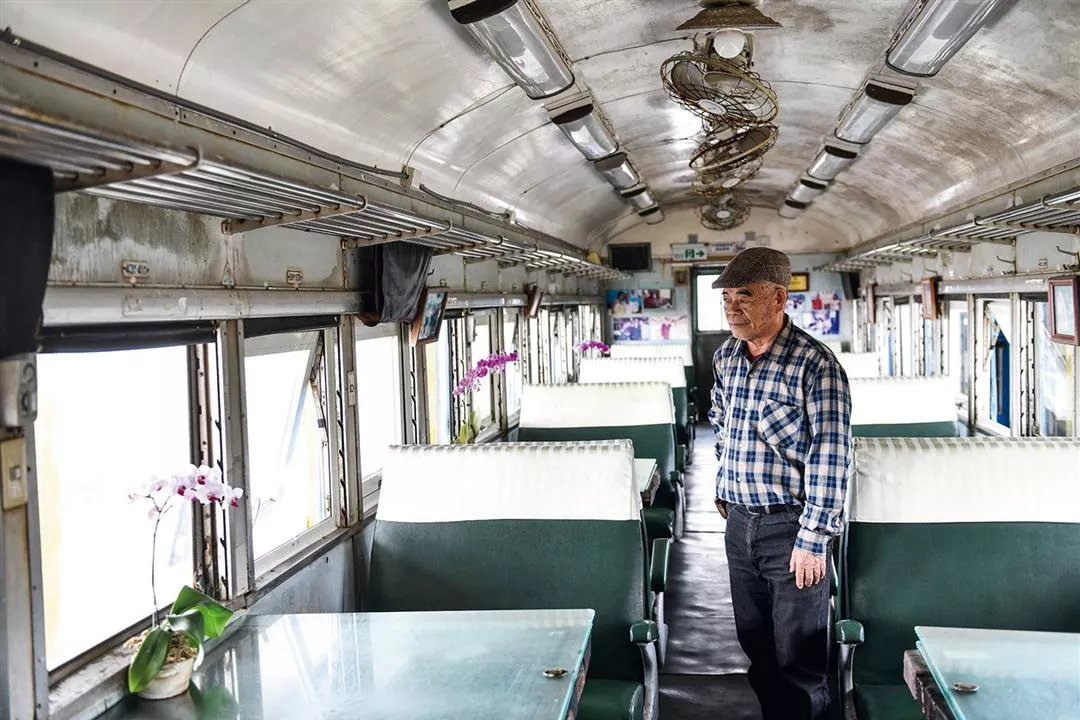
Luo Shilian uses decommissioned railroad carriages, rich in the memories of days gone by, as spaces for a restaurant and homestay.
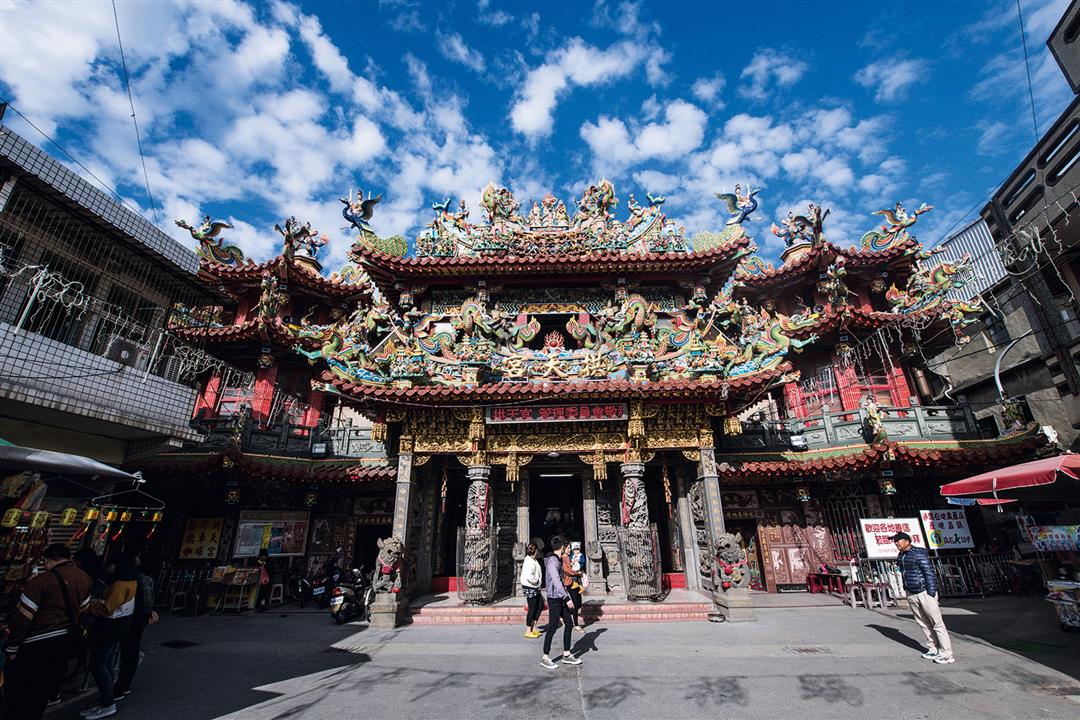
Gong Tian Temple in Baishatun is a center of faith for the coastal region of Miaoli County.
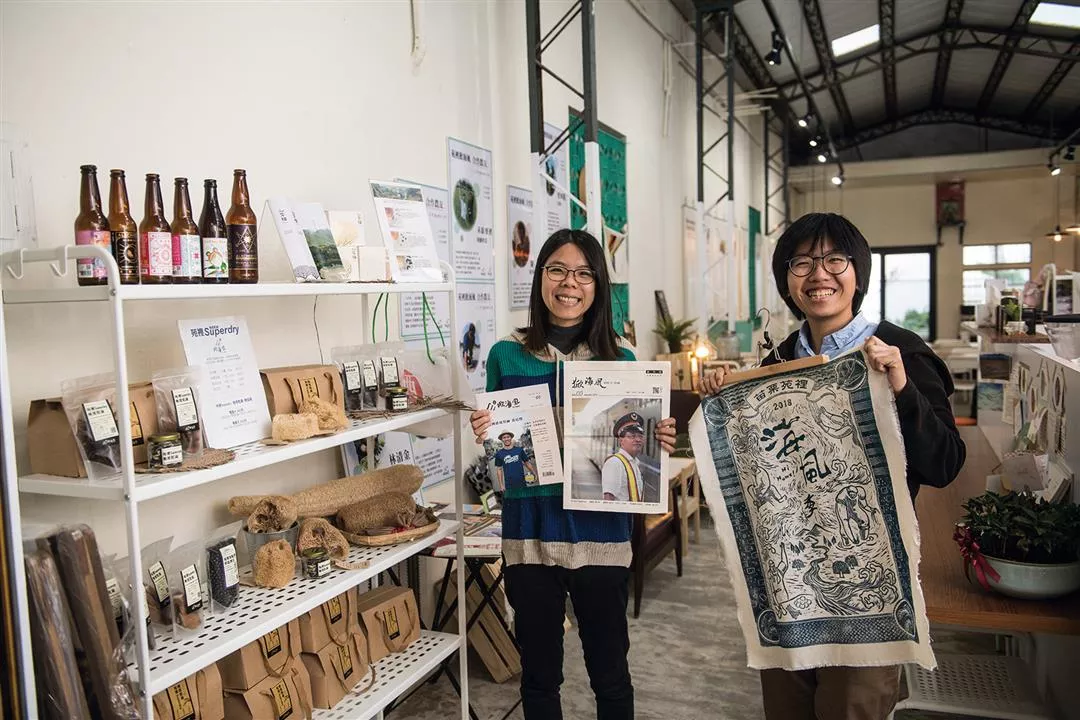
Liu Yuyu (left) and Lin Hsiu Peng (right), the original founders of the Say Hi Home workshop, were inspired by the wish for a transformation from passive acceptance to actively initiating change.
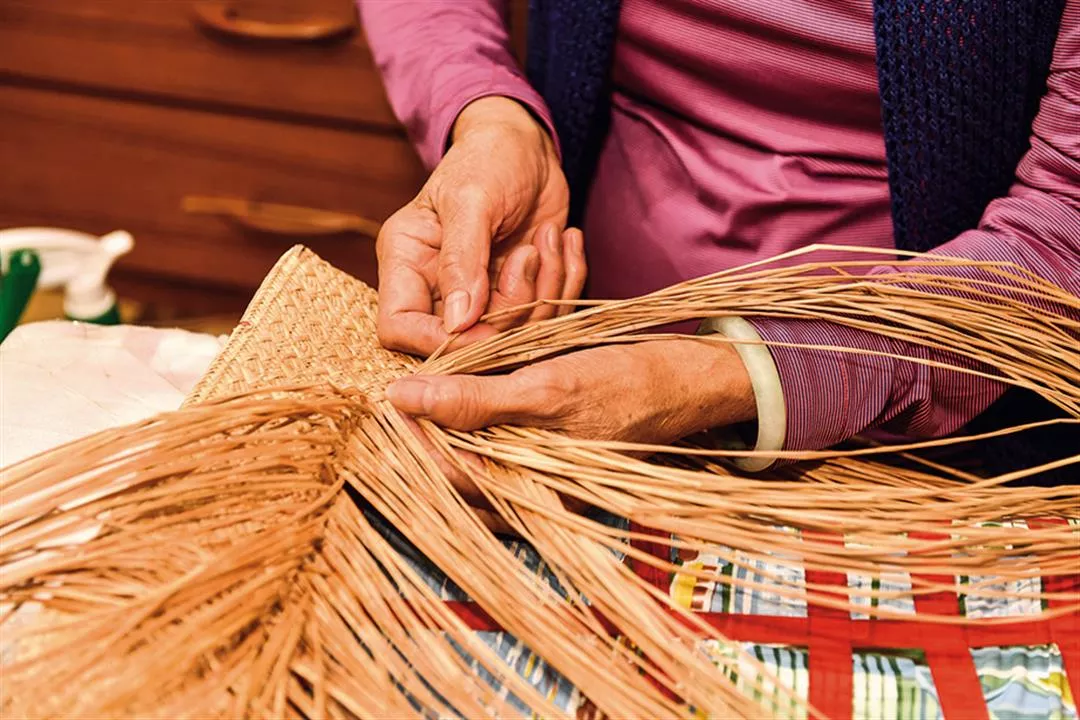
Rush weaving is a part of the collective memory in Yuanli, but today only a few women in their 60s or older are still versed in this craft. Action is urgently needed if their skills are to be preserved.
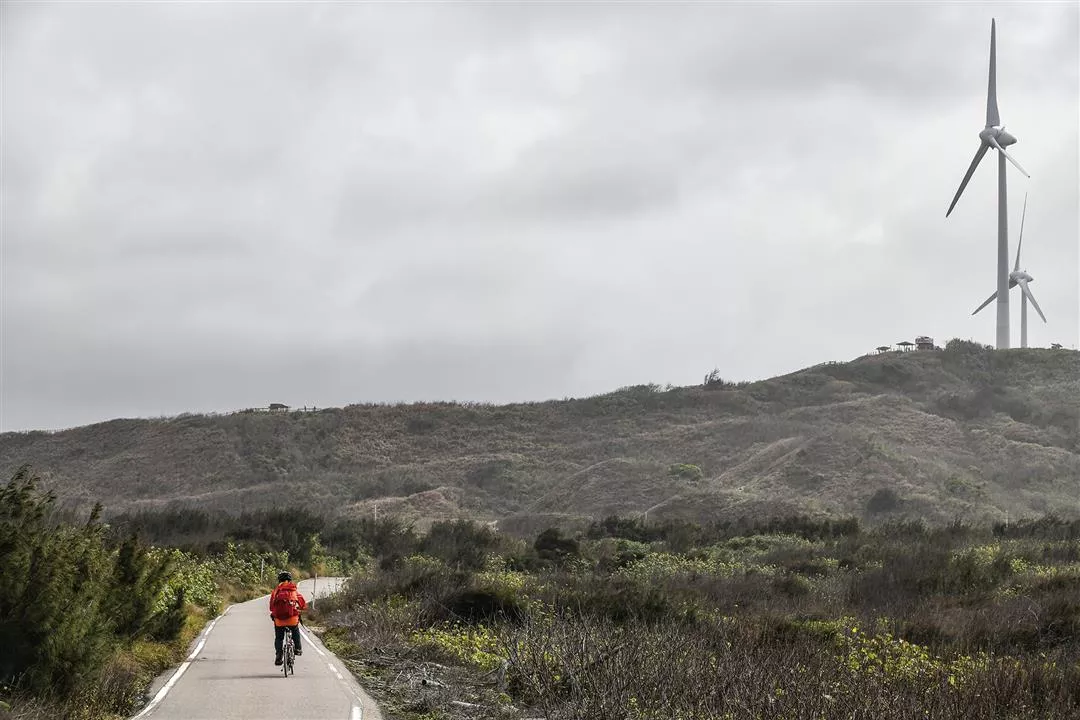
From Haowangjiao you can see the deep blue Taiwan Strait in the distance, the gigantic wind turbines along the coast, and a panoramic view of the coastline. (photo by Chuang Kung-ju)